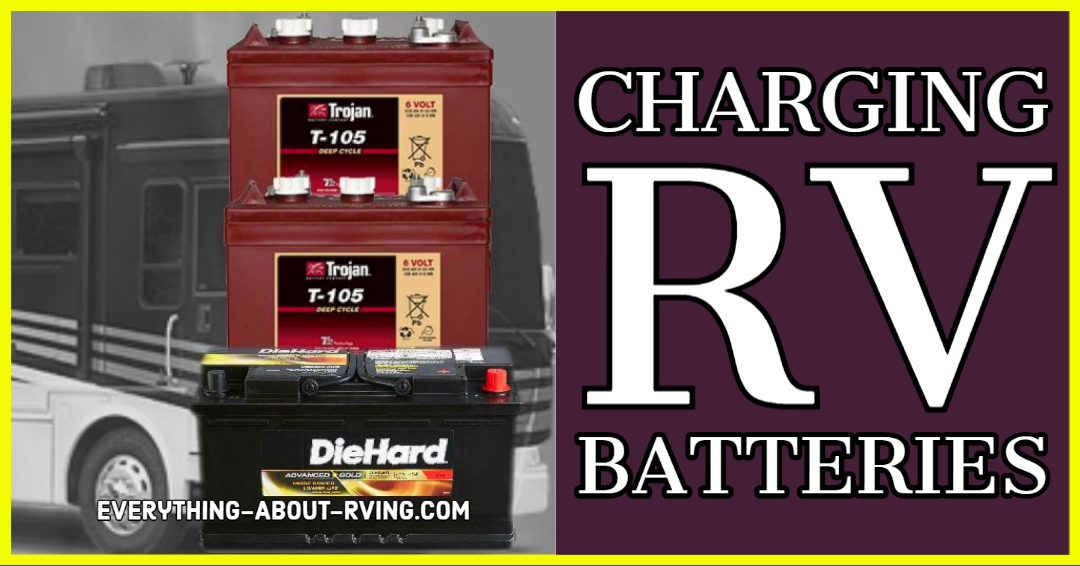Charging RV Batteries
Is your RV battery fully charged? Learn how to check
By FMCA and the “RV Doctor” Gary Bunzer
About RV Batteries
Batteries used in RVs are lead acid batteries, which means they have several cells connected in series. Lead acid batteries do not physically make electricity; instead, they store electricity. The size of the lead plates and the amount of electrolyte the battery contains determines the amount of charge a battery can store.
Batteries are the heart of any RV. They provide power for lighting, fans, water pumps, and other 12-volt accessories. Eventually, though, batteries discharge. How long they hold a charge depends on how much they’ve been used and their condition. Boondocking, in particular, places demands on batteries and requires a bit of power management to ensure they retain their charge long enough to allow plenty of use between recharge cycles.
How to Tell When a Lead-Acid Battery Is Fully Charged
1. Monitor the specific gravity of the electrolyte in each cell as the battery accepts the current from the charger.
2. As the battery charges, the specific gravity will continue to rise in each cell. At some point, the specific gravity will stop its ascent and remain stable at one reading (hopefully around 1.260).
3. When the specific gravity remains at its highest reading (regardless of the value of that reading) for a period of two to three hours, the battery is fully charged. It simply cannot accept any more current.
Note: If it plateaus at a much lower reading than 1.260, further troubleshooting is in order; it may be time to replace that battery.
Further Reading
Inexpensive digital voltmeters can help RVers avoid costly repairs. A DC meter indicates whether the RV batteries are properly charged, and such information can prolong battery life. Read more about these devices: https://familyrvingmag.com/2018/03/01/rv-voltmeter-installation/
An important safety note: Whenever you’re working with RV batteries, make sure to wear gloves and safety glasses to prevent injury.
This information is for educational purposes. FMCA shall not be responsible nor retain liability for RVer’s use of the provided information. Prior to making any RV service decision, you are advised to consult with an RV professional. Learn more about FMCA at www.fmca.com.
Do you have any suggestions or comments on this topic? You can add them to this page by using the comments section located below.



